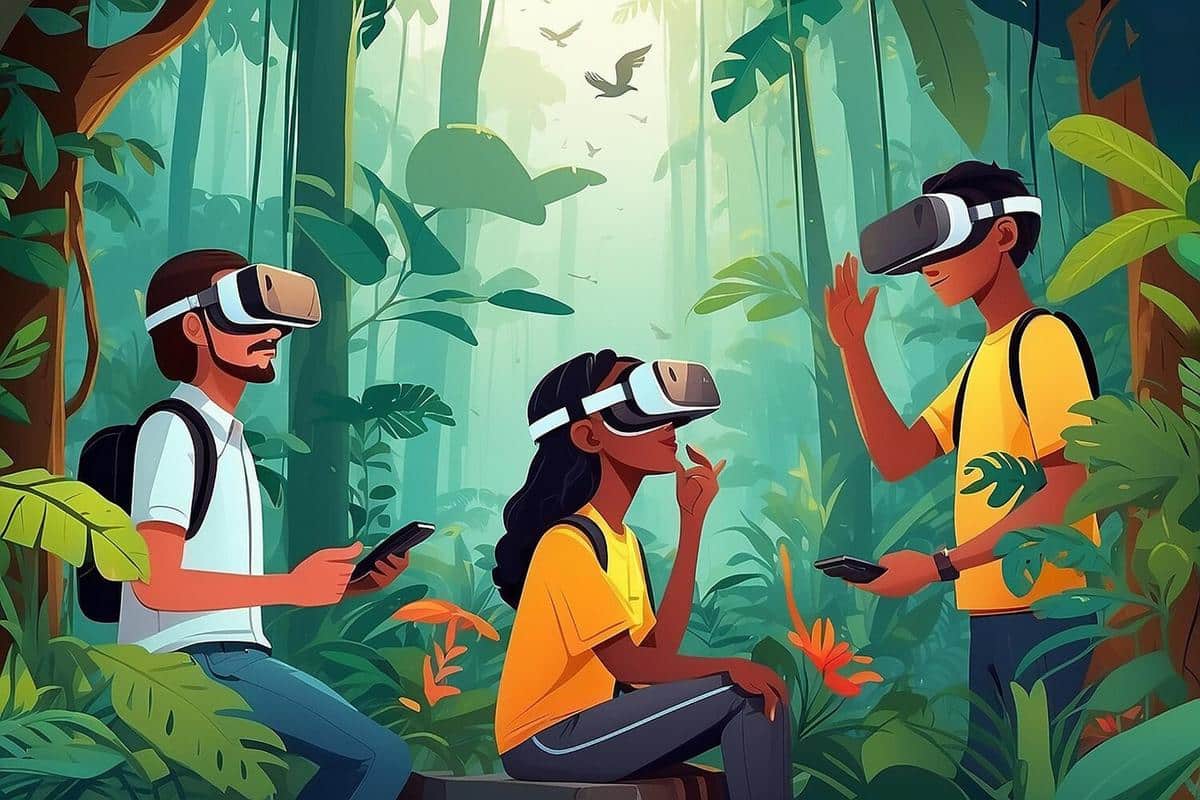
The Role of Gamification in Online Education
Imagine turning a challenging lesson into an exciting game where learning feels like play. This is the power of gamification in online education, a strategy that transforms traditional learning experiences into engaging and interactive adventures.
The Power of Gamification in Education
Gamification leverages the innate human love for games and competition, integrating these elements into educational content to foster engagement and motivation. It involves using game design elements such as points, levels, badges, and leaderboards in non-game contexts, like online learning platforms.
Expert Opinions
Educational psychologist Dr. Jane Smith notes, “Gamification in learning helps to bridge the gap between entertainment and education, making the learning process more appealing and effective.” This transformation can lead to significant improvements in learner engagement and retention.
Statistics and Research
A study from the University of Colorado found that students engaged in gamified learning scored 14% higher in skill-based assessments and 11% higher in factual knowledge tests compared to traditional learning methods. These numbers highlight the potential of gamification to enhance educational outcomes.
Real-Life Examples
Consider the case of Alex, a high school teacher who introduced a gamified learning platform in her classroom. By allowing students to earn points and badges for completing assignments and quizzes, she noticed a marked improvement in participation and enthusiasm. Students were more eager to learn and often collaborated to achieve higher scores.
Actionable Tips for Educators
- Start small: Introduce simple game elements like badges and points to your current curriculum.
- Incorporate storytelling: Create a narrative that guides the learning process, making lessons more engaging.
- Encourage competition: Use leaderboards to spur healthy competition among students.
- Provide feedback: Ensure that students receive immediate feedback on their progress.
When implementing gamification, focus on creating a balance between learning objectives and game elements to maintain educational value.
A Table Comparing Traditional vs. Gamified Learning
| Aspect | Traditional Learning | Gamified Learning |
|---|---|---|
| Engagement | Low | High |
| Motivation | Extrinsic | Intrinsic |
| Feedback | Delayed | Immediate |
| Collaboration | Limited | Encouraged |
| Retention | Lower | Higher |
| Flexibility | Rigid | Dynamic |
| Personalization | Generic | Tailored |
| Cost | Variable | Usually higher |
Frequently Asked Questions
What is gamification in education?
Gamification in education involves incorporating game-like elements into the learning process to increase engagement and motivation.
Can gamification be applied to all subjects?
Yes, gamification can be adapted to suit various subjects and learning styles, making it a versatile tool in education.
Does gamification improve learning outcomes?
Research suggests that gamification can enhance learning outcomes by increasing engagement, motivation, and retention.
Conclusion
Incorporating gamification into online education offers a dynamic way to enhance learning experiences. By engaging students through interactive and rewarding methods, educators can foster a more motivating and effective educational environment. As technology continues to evolve, the role of gamification in education is likely to expand, offering even more innovative ways to captivate learners. Educators looking to enhance their teaching methods should consider integrating gamification strategies to create a more engaging and effective learning experience.